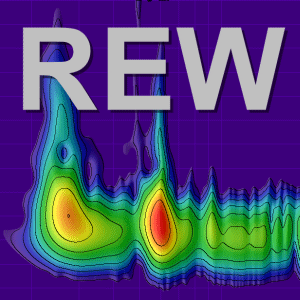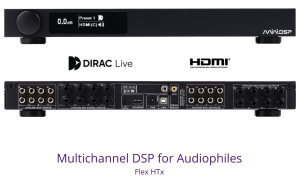AustinJerry
Member
Thread Starter
- Joined
- Jun 5, 2017
- Posts
- 226
Was the 2/24/2023 measurement done with the Java driver and EXCL device?
No, the ASIO4All driver was used. The 7/5 measurement used the Excel drivers. Do you think the driver selection would make a difference?
Did you look at the MDAT file? Something peculiar is going on with the Dirac Off/On measurements.














